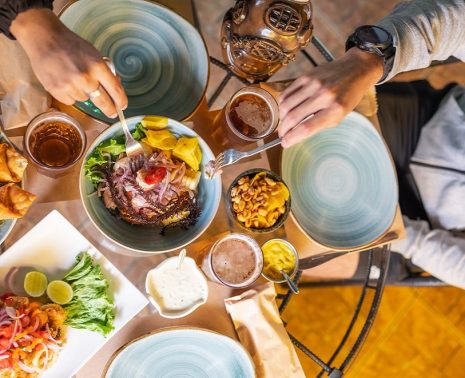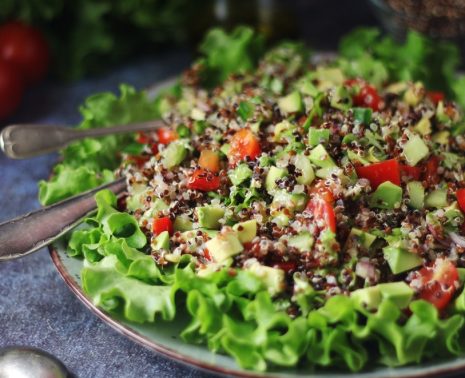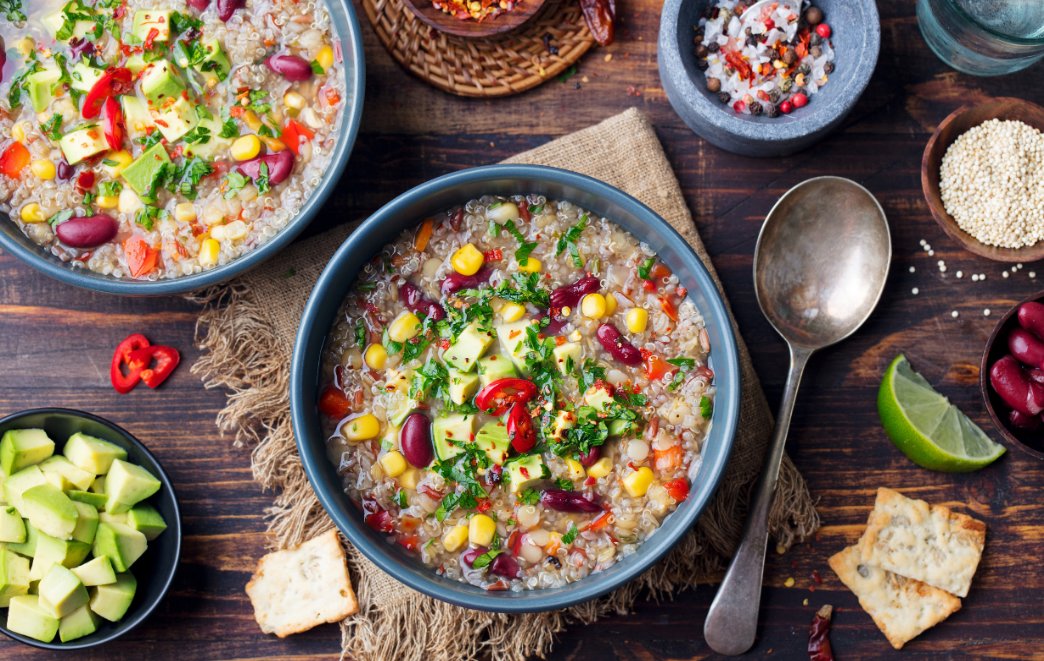
Argentina and Uruguay lead the world in beef consumption, consuming approximately 132 lbs of beef per person, per year. The rest of South America isn’t too far behind them.
On this continent, meat and fish are central ingredients in nearly every dish. That well-known fact makes those with plant-based diets weary of travel here. But with a little creativity and forethought, vegetarians can eat their fill, too.
Vegetarian food in South America can be found in traditional plates, contemporary cuisine, and in thousands of markets and tiendas you can find anywhere. Join us as we explore vegetarian friendly South America and give you the best tips for maintaining your diet while travelling.
Finding Vegetarian Food in South America
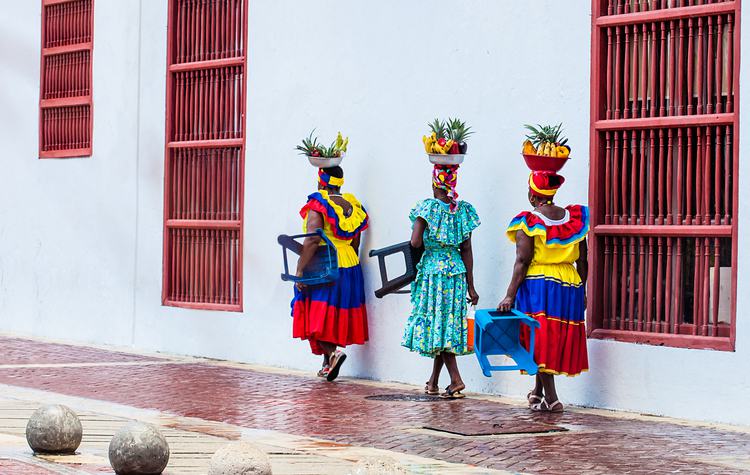
It’s true that most plates and street foods in South America contain meat, chicken, or fish in some form or another. But it’s also true that those meals are often accompanied by rice, beans, lentils, plantain, corn, yuca, potatoes, and cassava.
All of these vegetables are just as much staples in South America as meat. So, with a little creativity and some basic Spanish, you can ask your server to put together a fabulous vegetarian plate at even the humblest of restaurants in the smallest of towns (and you can do so for pennies).
If you find yourself in a larger South American city, a tourist destination, or a popular travel haunt, you’ll have an even easier time of finding vegetarian (and even vegan) food. In Bogota, Quito, Lima, Buenos Aires and Santiago, there’s more than just a handful of incredible vegetarian options. You’ll find traditional plates made with alternative meats, ethnic cuisines with many veggie options like Indian and Thai, and gastro-bars serving up plant-based dishes.
In these gigantic cities, what’s the best way to locate these restaurants? While guidebooks can be outdated quickly, your hotel reception or guide will know the best and safest options.
You should also consider downloading the ‘Happy Cow’ app. With this app, you can narrow your search for veggie-options, veggie-only, and vegan. The listings are regularly updated, and you can access user reviews – because not all vegetarian restaurants are necessarily good vegetarian restaurants.
Vegetarian Dishes by Country
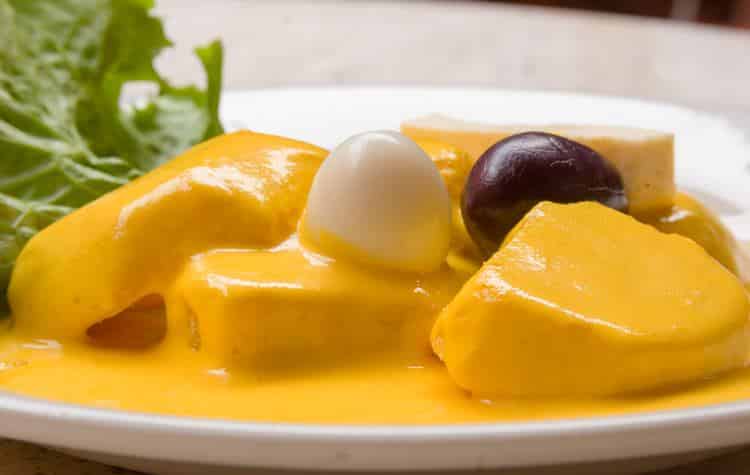
Despite popular belief, there are some South American dishes that are vegetarian by nature.
In Argentina, look for empanadas de humita or croquetas de arroz con calabaza. The former is a creamy corn filling surrounded by delicious pastry and the latter are crispy fried croquettes with rice and pumpkin filling. Also note that, thanks to Argentina’s proud historical ties with Italy, you can find all kinds of meatless polenta, pasta, pizza, and farinata.
Chile also has a vegetarian pasta dish on the menu, but it’s not what you’d expect from traditional Italian cuisine. Instead, porotos con rienda are boiled beans served with spaghetti. If you’re lucky, you’ll find it in the same restaurant as porontas granados: delectable and warming pumpkin and bean stew.
In Bolivia and Peru, try papa a la huancaina or choclo con queso. These popular snack foods can be found in markets and sold by local street vendors. Papa a la huancaina are potatoes served in a traditional cheesy sauce and choclo con queso is basically corn on the cob served with a slice of delicious Andean cheese. In Peru, you can also look for rocoto relleno: peppers stuffer with boiled egg and cheese (just be sure to confirm it’s the veggie version before you buy) and wash it all down with a fermented chicha.
Rice and beans are found all over vegetarian friendly South America but specifically in Brazil. Both vegetarians and vegans can enjoy feijão com arroz, which throws a Portuguese twist on this continental staple. Tutu com feijão is a type of mashed bean and manioc flour, another vegan option, while vegetarians can sink their teeth into palmito pasteries or savoury cheese buns called pão de queijo.
Colombia and Venezuela are the native homes of the arepa. These pancake-like corn patties are served for breakfast, lunch, and dinner. They’re fried and topped (or stuffed, in Venezuela) with cheese, beans, and all kinds of vegetarian delights. Tequenos – wontons fried and filled with cheese – are the perfect option for a quick, not-so-healthy (but still vegetarian) snack. In these countries and in Ecuador, you can also find fried plantains, called patacones, often served with guacamole or a pico de gallo sauce.
Spanish Words and Phrases for Vegetarians
There’s a few things you should know about ordering in a restaurant, a market, or from a street vendor that may not be obvious. Keep in mind that, especially in smaller towns in South America, the idea of foregoing meat in your meal is relatively new – and exclusive to visitors.
“Yo soy vegetariano” is how you tell someone that you’re a vegetarian. But you’ve got a 50/50 chance of someone understanding what that entails when you’re out in the countryside. It might take some explaining before the person giving you your food understands your dietary requirements, and the following phrases may help.
For one, it’s not enough to say: “sin carne” (without meat), with your meal. In most of South America, carne only refers to red meat. You’ll need to explain that you also cannot eat chicken and fish. You can do this by saying “No como carne, pollo, chancho, o pescado”, which means “I do not eat meat, chicken, pork, or fish”.
If you’re a vegan, you’ll also have to explain that you don’t eat eggs or dairy. You can say “No como huevos o productos lacteos”, which mean “I do not eat eggs or dairy products.” However, you’ll be harder pressed to find vegan options in smaller places, and even harder pressed to find someone who understands your restrictions.
Alternatives
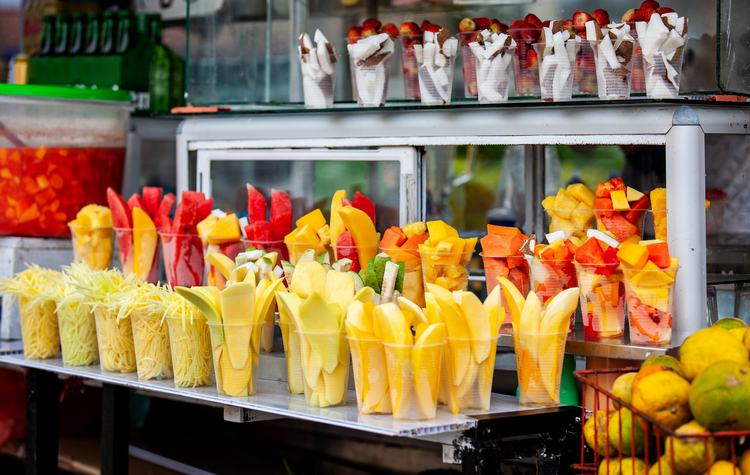
If you’re a strict vegan or you’re having a hard time picking up the Spanish you need to properly explain your vegetarian diet to your servers, there are alternatives. But there’s no real trick here: the alternative is to stay in accommodations where it’s possible to cook your own meals.
South American’s markets are full of fresh fruits and vegetables, nutrient-dense grains and cereals, and wonderful, exotic flavors you’ve yet to experience. With all this a your fingertips, all you need is a good kitchen to make amazing vegetarian meals. You might even consider bringing some staples from home, such as protein bars or spices you can’t live without.
Kuoda’s Vegetarian Friendly South America
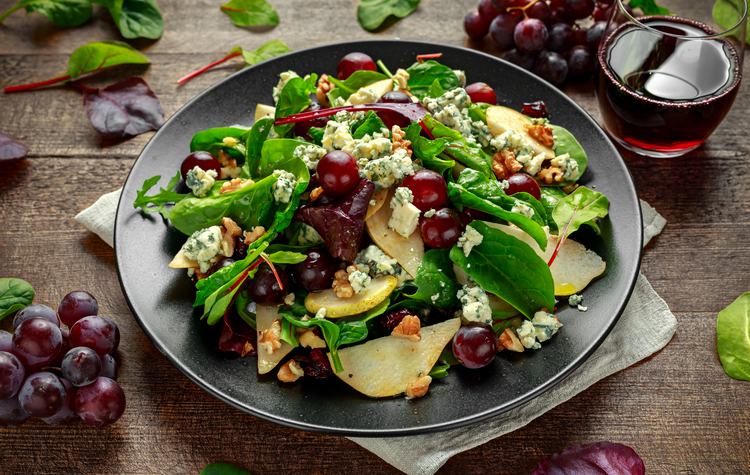
If you’re a luxury traveler who wants to spend more time seeing and doing than cooking, simply be sure to tell us about your dietary needs before you go. Kuoda prides itself on making the stay of each and every one of our guests as comfortable as possible, and that includes making accommodations for vegetarians.
As long as you tell us in advance of your needs, there’s almost nowhere we can’t send you. Let’s start planning your destinations today.
8 Culinary Events and Experiences in Peru To Attend in 2024
Renowned globally for its distinctive fusion of indigenous ingredients with Spanish, African, Asian, and even ...
Read PostExploring Peruvian Wine: A Guide For Wine-Lovers Traveling to Peru
Peru is a land of many treasures, from its rich history and diverse landscapes to its culinary delights, inclu...
Read PostVegan and Vegetarian Dining in Peru: Delicious Options For Everyone
Avid travelers with a penchant for plant-based eating will be delighted to discover that vegan and vegetarian ...
Read Post

 Call
Call 







